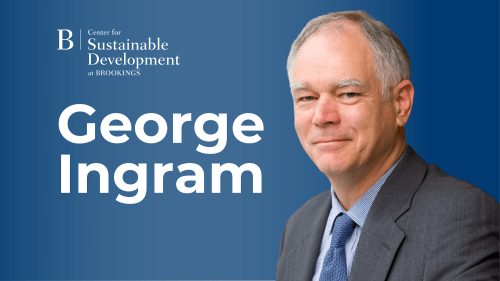Amartya Sen, the Nobel Prize-winning economist, famously argued that since everyone favors equality of one sort or another, the key question is: Equality of what? A fierce argument in the wonkosphere over income inequality illustrates the need to be clear on this point.
Hostilities started with publication of an analysis by economist Pavlina Tcherneva last month suggesting that the bulk of income gains have been going to the top 10% in recent decades. Since it was congruent with the general view that inequality is soaring–reinforced by the attention given to Thomas Piketty’s book “Capital in the 21st Century”–the Tcherneva graph received a lot of attention, especially on the left.
Enter, stage right: Scott Winship of the Manhattan Institute. He writes a long, thoughtful critique of Ms. Tcherneva’s approach. Vox’s Matthew Yglesias, who promoted the Tcherneva graph, counter-punches; Mr. Winship ducks and then punches back.… You get the idea: This one could run for a while.
Mr. Winship does not dispute that income inequality is high and probably rising, especially at the top. But he thinks that Ms. Tcherneva’s approach wildly overstates the problem by, among other things, ignoring business cycles, using tax units rather than households, focusing on pre-tax and transfer income, and including taxable capital gains. Most of these concerns apply to Mr. Piketty too.
All these are important points. Most important, perhaps, is the distinction between market incomes (before taxes and transfers) and final incomes (after taxes and transfers). Very different results can be generated depending on which you select, as my colleague Gary Burtless has shown clearly.
We need good measures of both market and final incomes. But it is important to understand that each measure is capturing something different. Of course final incomes reflect market incomes, but they reflect more clearly the extent of redistribution in the tax and transfer system.
If high or rising market inequality does not translate into final income inequality because of redistribution, how do we feel about that? Well, it depends. We might see it as a sign of the success of the Great Society redistributive state, allowing a free market to power away but ensuring that the rewards are shared. We might see it as woefully inadequate, leaving too many people hard-up. We might argue that such onerous redistribution is hobbling growth. We might think that in the long run, redistribution won’t be able to hold back the tide and so promote policies for more “pre-distribution,” such as higher minimum wages or changes in corporate governance.
The point is: The way we choose to measure income inequality depends on what we care about and why we care about it. We will always have a kaleidoscopic array of statistical choices when it comes to measuring inequality. More analysts need to set out their normative arguments for why, in their view, inequality matters and how that judgment has guided their empirical methodology. It is not that particular approaches are “right” or “wrong” but that they are based on different assumptions.
Mr. Sen’s longtime collaborator, the philosopher Bernard Williams, warned against those who “smuggle their answer into their question.” Inequality analysis is one area where we must be particularly alert to this danger.
The Brookings Institution is committed to quality, independence, and impact.
We are supported by a diverse array of funders. In line with our values and policies, each Brookings publication represents the sole views of its author(s).



Commentary
Op-edWhat Do We Mean When We Talk About Inequality?
October 7, 2014